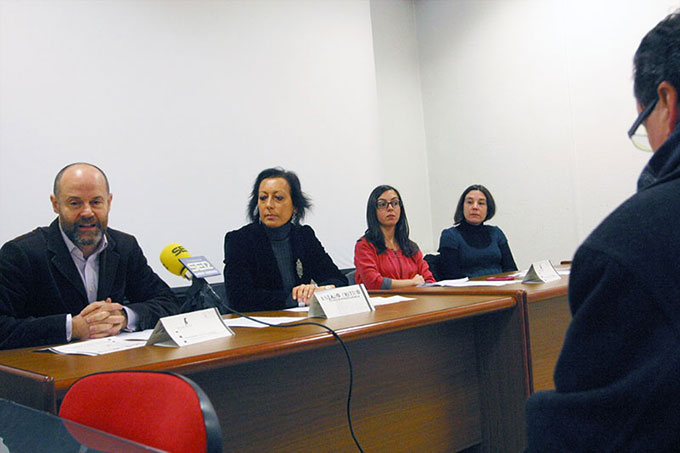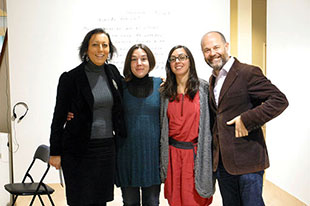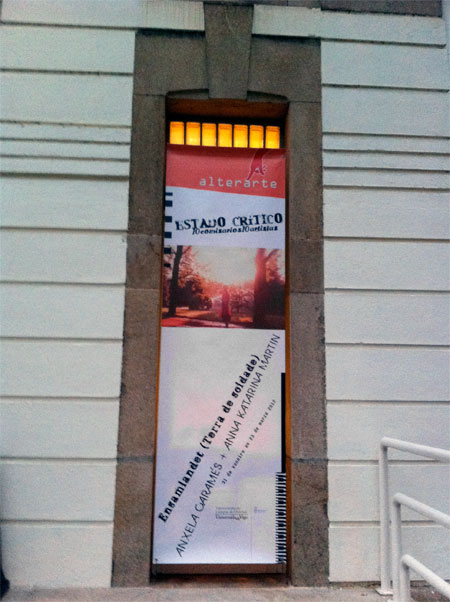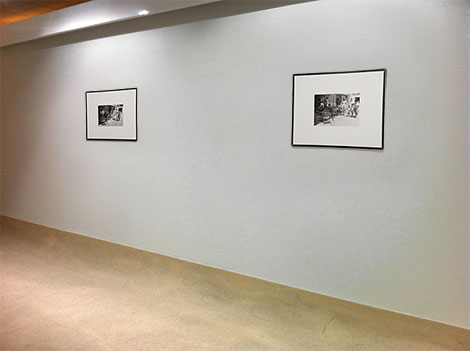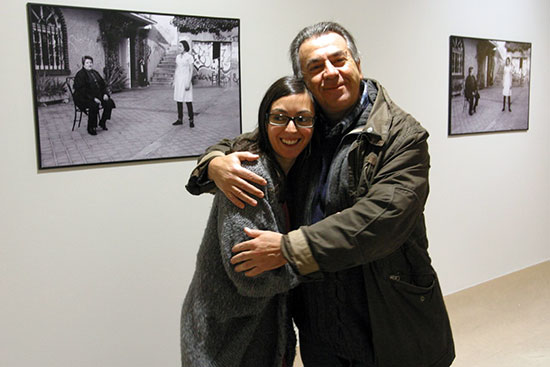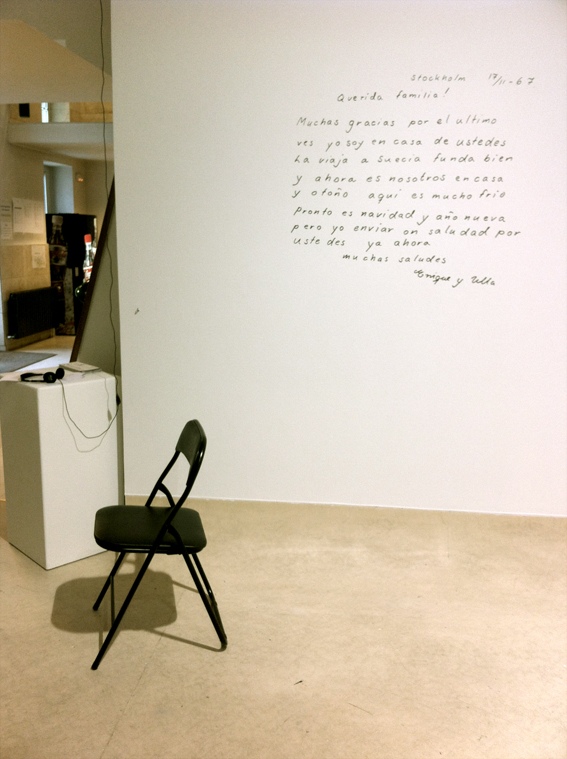|
||||||||||||||
|
|
|
||||||||||||
|
ENSAMLANDET (Terra de soidade) 31.01.2012 - 31.03.2012 Sala Alterarte, Ourense |
|||||||||||||
|---|---|---|---|---|---|---|---|---|---|---|---|---|---|---|
Ciclo Estado crítico; |
Cycle Critical state; |
|||||||||||||
|
||||||||||||||
|
|
|||||||||||||
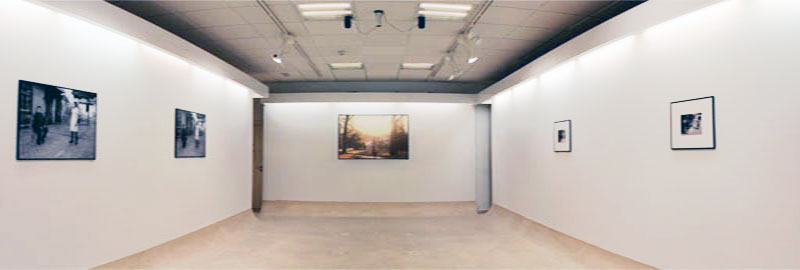 |
||||||||||||||
La exposición, titulada Ensamlandet (Tierra de soledad), muestra la obra Anna Katarina Martin comisariada por la crítica de arte Ánxela Caramés. Hay artistas que trabajan de forma autobiográfica, pero ese traspasamiento de los límites entre lo público y lo privado no es lo que caracteriza la obra de Anna Katarina Martin. Por el contrario, la artista prefiere tratar cuestiones de la representación visual desde una estrategia de distanciamiento que le permita diluir esa posible connotación personal. Sin embargo, en este proyecto específico para Alterarte, se produce un punto de inflexión en su trayectoria artística, al dejar traslucir lo íntimo en la indagación de su propia historia familiar. En cierto modo, la artista se transmuta en su madre, la auténtica protagonista de la exposición. Se expresa con sus palabras en la traducción española del testimonio materno grabado en sueco. Y también la sustituye fotográficamente en la recreación de un momento familiar concreto, en el mismo lugar en el que había sido tomada la instantánea original. Ensamlandet hace referencia a la tierra de soledad que Ulla Kruse encontró en España. Tiene que ver con la incomprensión del personaje interpretado por Ingrid Bergman en Stromboli. Terra di Dio, película dirigida por Roberto Rossellini. Anna Katarina Martin parte de este referente cinematográfico para recrear la historia de su madre, estableciendo sutiles paralelismos entre las situaciones vividas y las narradas fílmicamente, y, por tanto, entendiendo a Ulla Kruse como la eterna extranjera en una tierra hostil. En Ensamlandet Anna Katarina Martin se sirve del mito de la sueca para tratar de explicar el choque cultural entre la llamada modernidad nórdica frente al retraso social de los países mediterráneos de la década de los sesenta. Obra relacionada con su investigación doctoral sobre el impacto de la mujer sueca en el imaginario español, entendiéndola como un modelo alternativo para la acción y transformación social |
The exhibition, entitled Ensamlandet (Land of Solitude), shows the work Anna Katarina Martin curated by the art critic Ánxela Caramés. There are artists who work in an autobiographical way, but this transfer of the limits between public and private is not what characterizes the work of Anna Katarina Martin. On the contrary, the artist prefers to deal with visual representation issues from a distancing strategy that allows her to dilute that possible personal connotation. However, in this specific project for Alterarte, there is a turning point in her artistic career, revealing the intimate in the investigation of her own family history. In a way, the artist transmutes into her mother, the true protagonist of the exhibition. It is expressed in the Spanish translation of the maternal testimony recorded in Swedish. And she also replaces her photographically in the recreation of a specific family moment, in the same place in which the original picture were taken. The title, The Lonelyland (Ensamlandet) refers to the land of solitude that Ulla Kruse found in Spain. It has to do with the incomprehension of the character played by Ingrid Bergman in Stromboli. Terra di Dio, directed by Roberto Rossellini. Anna Katarina Martin parts from this cinematic referent to recreate her mother's story, establishing subtle parallels between the situations lived and narrated filmily, and therefore understanding Ulla Kruse as the eternal stranger in a hostile land. In Ensamlandet Anna Katarina Martin uses the myth of swedish women to try to explain the cultural clash between the so-called Nordic modernity and the social retardation of the Mediterranean countries of the 1960s. Work related to her doctoral research on the impact of Swedish women in the Spanish imaginary, understanding them as alternatives models for social action and transformation. |
|||||||||||||
|
||||||||||||||
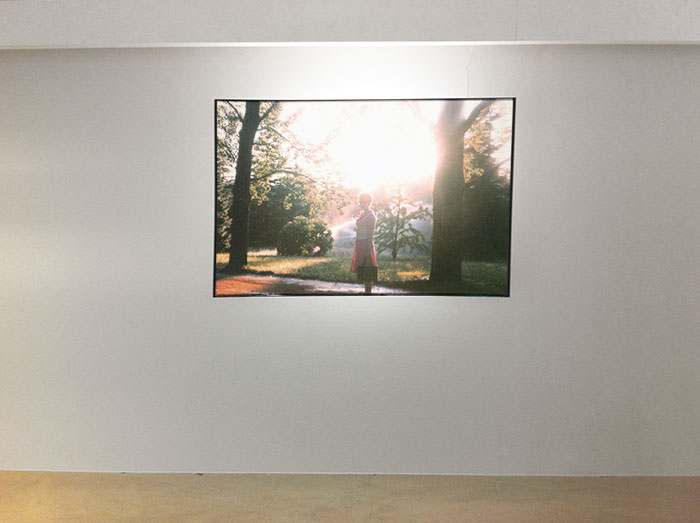 |
||||||||||||||
|
||||||||||||||
|
||||||||||||||
|
||||||||||||||
|
||||||||||||||
|
||||||||||||||
